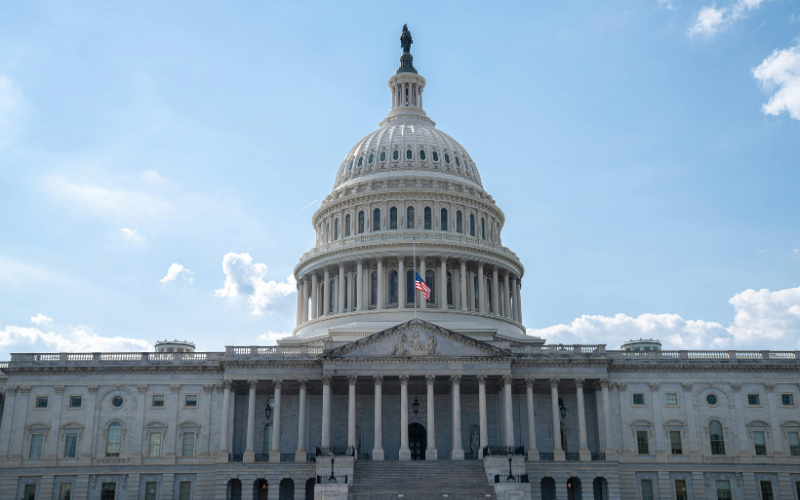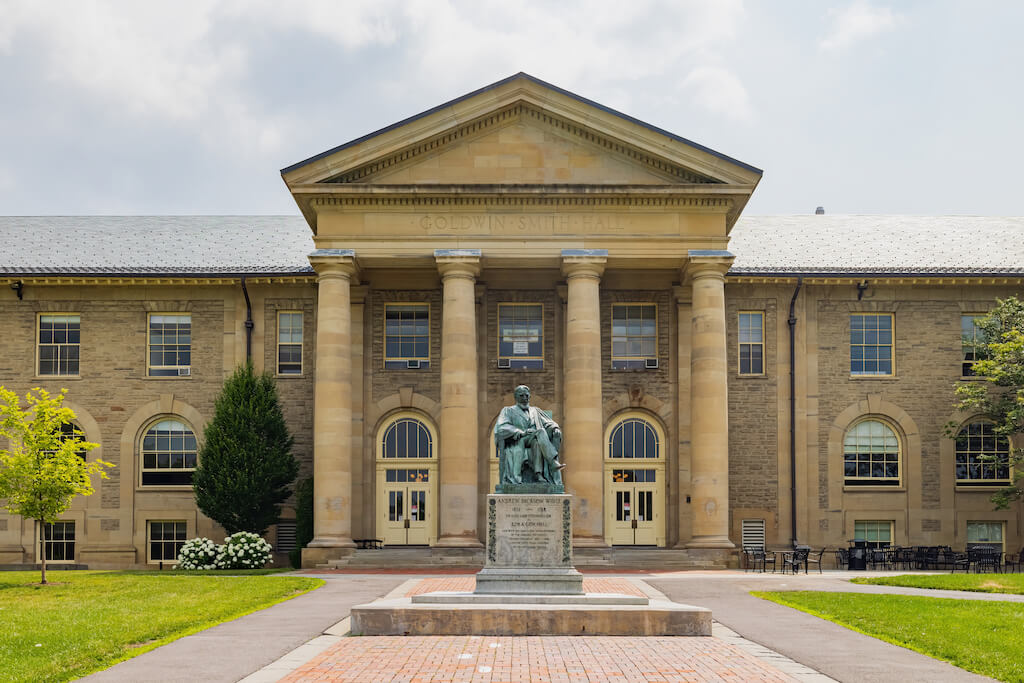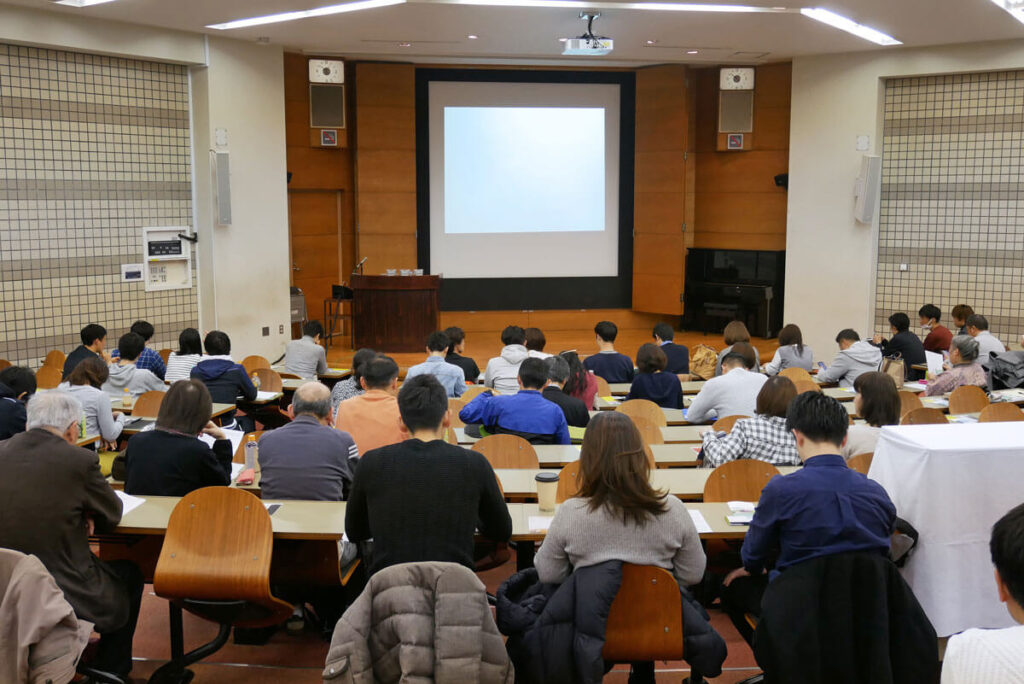The College Board has published an annual report on college pricing since 1998. The report looks at tuition and fees, room and board, and other related costs at colleges in the United States. It also reviews the net price of college after subtracting financial aid grants to students. Colleges are categorized as public four-year, public two-year, and private non-profit four year. Data is also collected for public out of state student pricing and for-profit pricing. (see http://www.collegeboard.com/html/costs/pricing/)
The College Board states that all costs of college attendance are important and that often, costs such as room and board and books influence the ability of a student to afford college more so than tuition and fees. The College Board encourages readers to cite or reproduce the data as long as they are given proper attribution, so I’ll list a few facts that I found interesting in this year’s report.
The College Board Pricing
In 2008-2009, the average published tuition and fees increased:
Public four year 6.4%
Private four year 5.9%
Public two year 4.7%
For profits 4.5%
The public four year in-state tuition and fees averaged $6,585 plus $7,748 room and board for a total charge average of $14,333.
Page 7 of this year’s report has an interesting chart called “Variation in Tuition and Fees, 2008-09.” This chart shows the distribution in tuition and fees by category. For example, 78% of public four year colleges have tuition and fees less than $9,000 annually whereas only 7% of private four year colleges and universities fall into that category (note that APUS‘ full-time undergraduate tuition and fees would be $7,500 per annum). Another interesting chart examines the variation in tuition and fees and notes that while public four year colleges increased their tuition and fees on average 6.4% versus the 5.9% at private colleges, the dollar increase average at public four year colleges was $380 versus $1,484 at private colleges (due to the substantially higher tuition).
Net price is another area where the data collected is interesting. In 2008-2009, private college full-time students received an average financial aid award of $10,200. This amount reflects all sources (institutional and federal) and includes the federal tax benefits. Thus, the net tuition and fees average is reduced to $14,900 from $25,100. At public four year colleges the average financial aid is $3,700 which reduces tuition and fees to $2,900 (net) from $6,600. At two year colleges, full time students received $2,300 in aid reducing the $2,400 in tuition and fees to $100 net.
The net pricing data confirms other theories about college access including “the higher the tuition, the less affordable college attendance is for students in the lower income group.” Measuring Up 2006 is a report published by The National Center for Public Policy and Higher Education. In December, Measuring Up 2008 will be published. That group breaks out the cost of college attendance by quintiles of family income. The College Board states that “the federal Pell Grant program provides about half of the grants received by full-time students at public two year colleges and a quarter of the grants received by full-time students at public four year colleges, but only about 10% for students at private colleges.” With the wide disparity in net price cited above (from $14,900 to $2,900 to $100), it’s understandable why students from families with lower incomes would choose more affordable options or no college at all.
Concerns about the cost of college attendance caused Congress to act. The Higher Education Opportunity Act (HEOA) passed in July of this year has a number of cost-related disclosure and reporting requirements for colleges. Among them, HEOA introduces the concept of net price (similar to the above except it does not include the federal tax benefits received by a student), requires the Department of Education to publish on its website the top five percent of colleges and universities with (1) the highest tuition and fees for the most recent academic year, (2) the highest net price for the most recent academic year, (3) the largest percentage increase in tuition and fees over the most recent three academic years, and (4) the largest percentage increase in net price over the most recent three academic years. These reports will be categorized among nine institutional categories. Schools in the lists on (3) and (4) will have to submit a written report to the Department of Education explaining the increases and the steps that they’re taking to reduce future costs of attendance.
Affordability can expand access to college. It will be interesting to see if the current economic downturn will change the pricing trends or if they will accelerate upward due to some of the budgetary crises at the state level and the endowment issues at the private college level.










